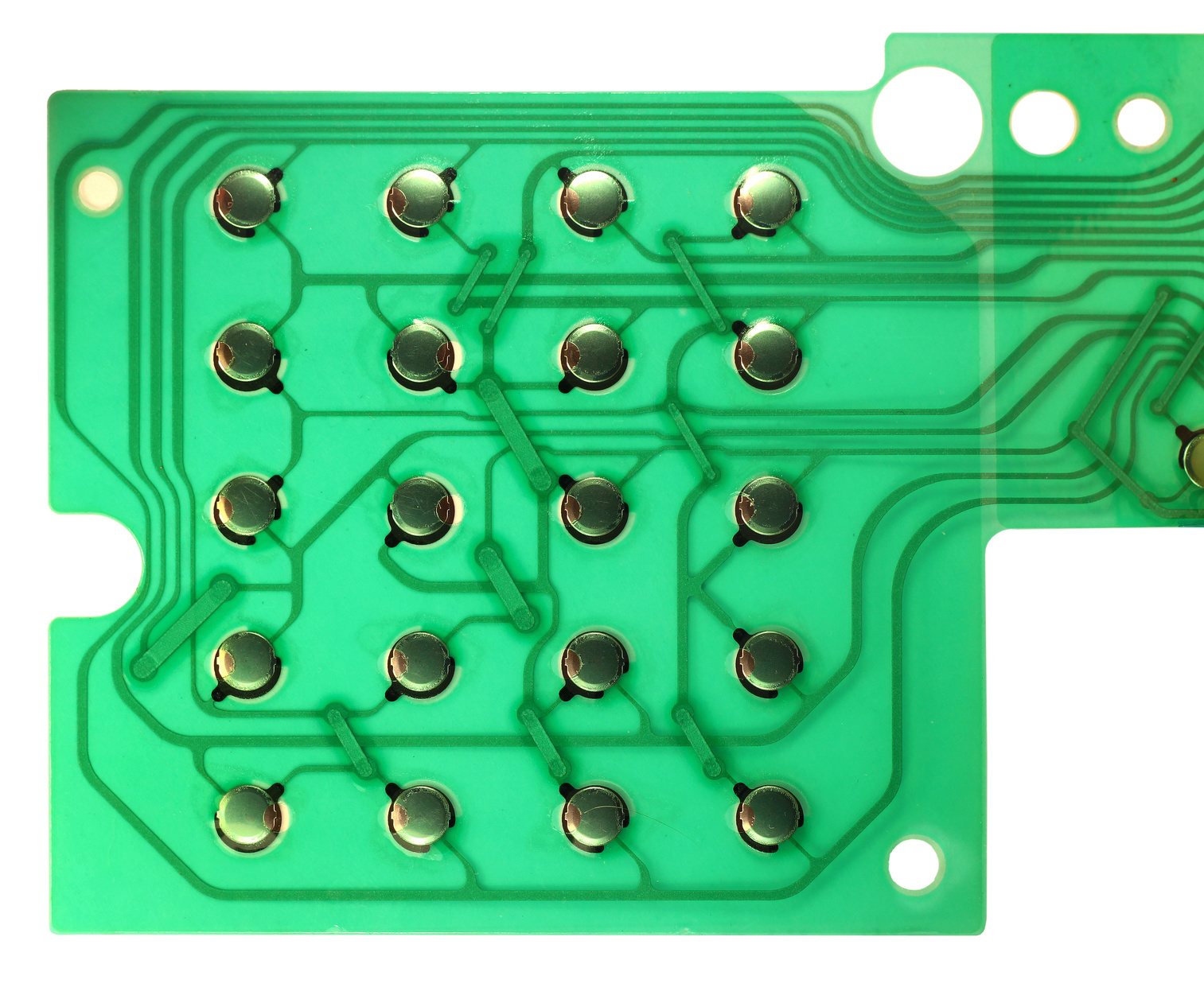Recognizing the Performance of Membrane Switches for Customer User Interface Gadget
The performance of membrane layer switches over represents a considerable advancement in individual interface layout, combining efficiency with aesthetic flexibility. As markets significantly prioritize individual experience, recognizing the nuances of membrane layer button technology comes to be important.
What Are Membrane Layer Switches?
Membrane layer buttons are ingenious interface devices that facilitate user interaction with electronic devices. These functional parts contain multiple layers, including a graphic overlay, spacer, and a printed circuit layer. The design allows for a smooth assimilation right into various digital tools, boosting both the visual and functional aspects of interface.
Membrane buttons are typically used in a wide variety of applications, from family home appliances to industrial machinery and clinical gadgets. Their building usually includes a slim profile, making them a perfect choice for compact layouts. The tactile responses supplied by these switches can be engineered to fulfill certain individual choices, making sure effective interaction between the individual and the device.
Durability is an additional substantial advantage of membrane layer switches, as they are resistant to dirt, wetness, and chemicals, which boosts their lifespan sought after environments. In addition, these switches can be customized in terms of form, size, and visuals layout, allowing for branding and user-specific features. Overall, membrane changes stand for a useful option for enhancing individual experience in digital tools, combining functionality with aesthetic appeal in an effective fashion.
Just How Membrane Switches Over Work
Operating on a simple concept, membrane layer switches over make use of a split construction to sign up user input efficiently. Each button includes several layers, consisting of a printed circuit layer, a spacer layer, and a leading graphic layer, which are created to collaborate perfectly. When an individual presses the top layer, it compresses the spacer layer, bringing the conductive elements of the circuit layer right into call with each various other.
This contact produces a shut circuit, signaling the tool to execute a certain feature. The design permits different setups, including tactile responses, which can boost the customer experience by supplying a physical sensation upon activation. The materials utilized in membrane layer buttons typically include adaptable substrates, such as polyester or polycarbonate, which make sure sturdiness and strength versus wear and tear.

Trick Advantages of Membrane Switches

One more significant benefit is their compactness. Membrane buttons are thin and light-weight, which allows producers to conserve area in their devices without giving up performance. This feature is specifically useful in applications where weight and volume are crucial considerations.
Furthermore, membrane switches are immune to dust, dampness, and chemicals, improving their resilience. This strength extends their lifespan and minimizes the requirement for frequent replacements, resulting in cost savings gradually.
Moreover, the responsive responses given by membrane buttons can be maximized to boost user communication. They can include functions such as increased switches or distinct clicks, enhancing usability and individual experience.
Applications Across Industries
User interface devices utilizing membrane layer buttons prevail in a large click to read more range of markets, showcasing their versatility and capability. Membrane Switch. In the clinical sector, membrane switches are important to tools such as analysis equipment and client tracking systems, where their sturdiness and simplicity of cleansing are critical for maintaining health criteria. In the automotive industry, these switches are employed in dashboard controls and infotainment systems, supplying a streamlined and modern-day user interface for customers.
In addition, the customer electronic devices field take advantage of membrane layer switches in appliances and portable tools, where small style and easy to use user interfaces improve user experience. Industrial applications additionally utilize membrane layer changes for control panels in machinery and automation systems, emphasizing their effectiveness and resistance to severe atmospheres.
In the aerospace and defense industries, membrane layer buttons are used in cockpit controls and equipment, where reliability and efficiency under extreme problems are critical. Additionally, the pc gaming sector progressively integrates membrane buttons in controllers and game machines, contributing to an engaging customer experience. On the whole, the convenience of membrane switches over allows their extensive usage across countless industries, underscoring their importance in modern-day interface layout.
Future Patterns in Membrane Switch Over Modern Technology

Additionally, the use of advanced products, such as polycarbonate and polyester films, is expected to rise, offering boosted resilience and resistance to environmental stressors. These products add to the total longevity of membrane switches, making them appropriate for harsher commercial applications.
Additionally, the unification of smart modern technology, consisting of IoT connectivity, will allow membrane layer switches to connect with various other devices and systems, assisting in a more interactive individual experience. This pattern straightens with the expanding demand for clever tools throughout different fields, from healthcare to consumer electronics.
Lastly, customization options are prepared for to expand, enabling makers to produce bespoke options customized to particular why not check here individual needs and choices. These developments will certainly position membrane buttons as crucial components in the advancement of interface modern technology.
Conclusion
In verdict, membrane switches over represent an essential innovation in customer interface modern Click This Link technology, offering a reputable and flexible solution for varied digital applications. As improvements in product science and touch noticing technologies proceed, the performance and applicability of membrane switches are expected to broaden, strengthening their value in modern-day electronic tools.